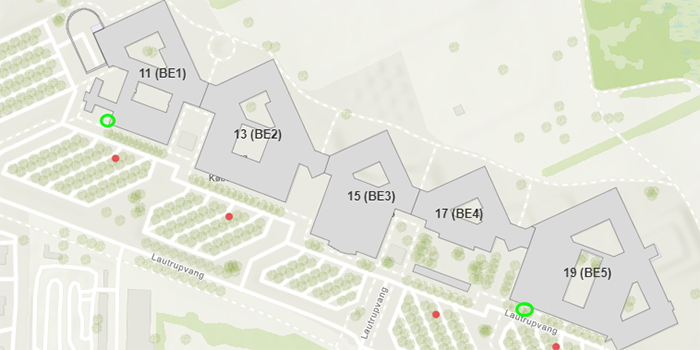Next month, nine large banners on DTU’s campuses in Lyngby and Ballerup will each tell their own story about how the University works with sustainability on campus.
Sustainability is one of the cornerstones of DTU’s work and is one of the three objectives in DTU’s strategy. Next month, nine large banners on the house walls in Lyngby and Ballerup will show examples of how the University works with sustainability on campus.
The banners highlight some of the many large and small sustainability initiatives that are being conducted in and around DTU’s buildings and in the University’s green areas. At the same time, they focus on how DTU is constantly working to make the university more sustainable. During the same period, DTU draws attention to the role played by the University in the field of research and education with debate pieces and articles in the press.
Read the story behind the sustainability banners
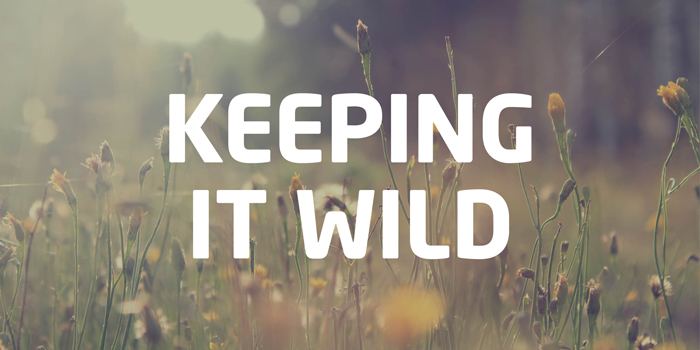
DTU works with biodiversity and sustainability in our large green areas—including the 17-hectare perimeter woods around DTU Lyngby Campus, the wild grass areas on DTU Ballerup Campus, and at the Veddelev area on DTU Risø Campus, where waterholes have been established. At the same time, DTU supports biodiversity by establishing small environments for wildflowers, insects, butterflies, birds, and amphibians.
By postponing the mowing of the lawns in the spring, for example, wildflowers grow in many places on Lyngby Campus. This also saves one or two rounds with the lawn mower. This supports habitats for plants and wildlife.
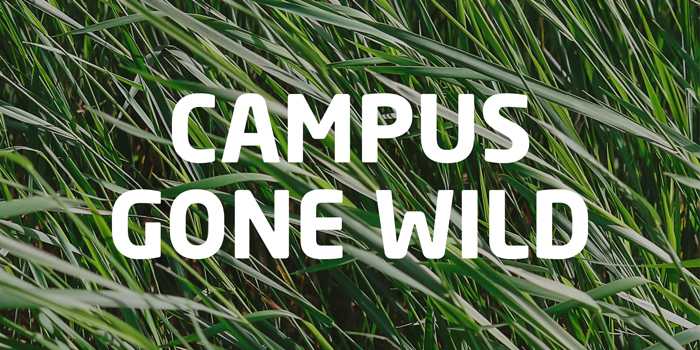
On the north side of DTU Ballerup Campus, only paths are mowed in the grass. The rest is allowed to grow wild—to the benefit of, for example herbs.

All existing light masts at DTU Lyngby Campus have switched to new LED technology—this applies to both light masts and lamp heads. This results in a power saving of approximately 50 per cent. A total of 800 light masts have been modernized. In addition to the switch to LED technology, the light masts have been designed so that modules can be added for light control, motion sensors, and other smart technologies.

Photo: OpenHouse
In 2019, DTU started using a new composition of heating supply. Previously, much of the heating came from gas-fired boiler heating. DTU’s heating supply now comes from the waste management and energy company Vestforbrænding, and the heating is composed of waste, electric heating, and gas. This has reduced carbon emissions for heating with more than 50 per cent.
Today, DTU and Vestforbrænding collaborate on planning and establishing a 2-3 MW heat pump solution that moves excess heat from DTU’s internal cooling water ring to DTU’s internal heating system. One could say that the new DTU buildings need cooling, while the old buildings have greater heating needs. In this way, the synergy between the buildings is utilized. The project will also become a ‘Living Lab’ in collaboration with Danfoss. Here, students from, for example, DTU Mechanical Engineering will have the opportunity to use data for projects and on their courses.
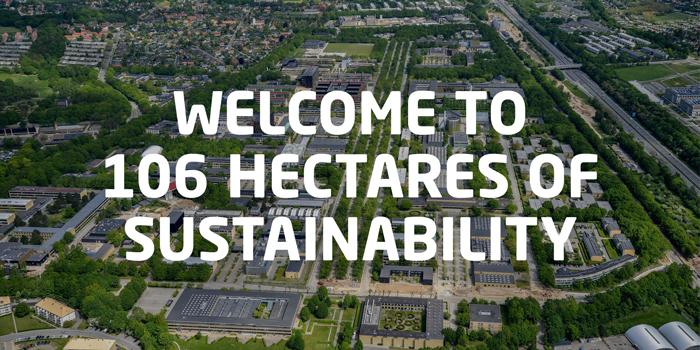
DTU Lyngby Campus has received a DGNB Gold plan certification. This means that DTU is committed to working in accordance with some very specific goals for sustainability in its campus development. This applies, for example, to carbon emissions, waste of resources, biodiversity, mobility, and framework for social life.
The plan certification has been achieved based on DTU’s strategic campus plan. DTU Lyngby Campus—with its more than 100 buildings spread over 106 hectares—is the largest planned urban area in Denmark to date. Today, sustainability is a guiding principle for all new construction work.

Photo: Rasmus Degnbol
DTU continuously develops its sustainable mobility. Currently, employees and students are testing three autonomous shuttle buses on DTU Lyngby Campus. Through the test, researchers gather experience with the operation of autonomous shuttles and the passengers’ experience of using them. The aim is to integrate self-driving technology in public transport optimally in the future. DTU is responsible for the whole computerized side of the project.
LINC is one of the largest autonomous shuttle projects in Denmark. Read more about LINC

In a Living Lab project, moveable solar panels that follow the sun have been installed at DTU Ballerup Campus. The mobility of the panels increases the daily energy production. The solar panels have been produced at Risø.

At DTU Lyngby Campus, an EPS compressor is used, which is especially suited for polystyrene. By pressing the air out of the polystyrene, the material becomes 50 times smaller.
Polystyrene boxes are made of a small amount of plastic and lots of air, and it doesn’t take many of them to fill a garbage truck. However, if you press out all the air, you are left with a raw material which can easily be transported for recycling.
In addition to polystyrene recirculation, another benefit is that students are granted access to data from the EPS polystyrene compressor. Such data can, for example, be used to calculate how large energy savings are achieved with fewer garbage trucks on the roads and by recycling the polystyrene.
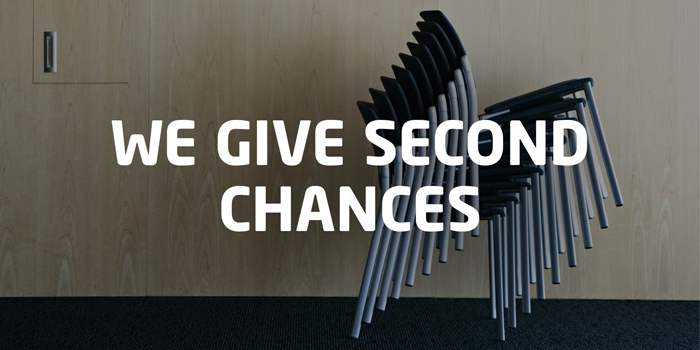
DTU has its own reuse coordination, which ensures that useable items that are to be discarded from DTU can get a new owner on or off campus. Through the reuse coordination, a hospital robot and 42 chairs are among the items that have found a new life elsewhere on campus.
DTU Lyngby Campus
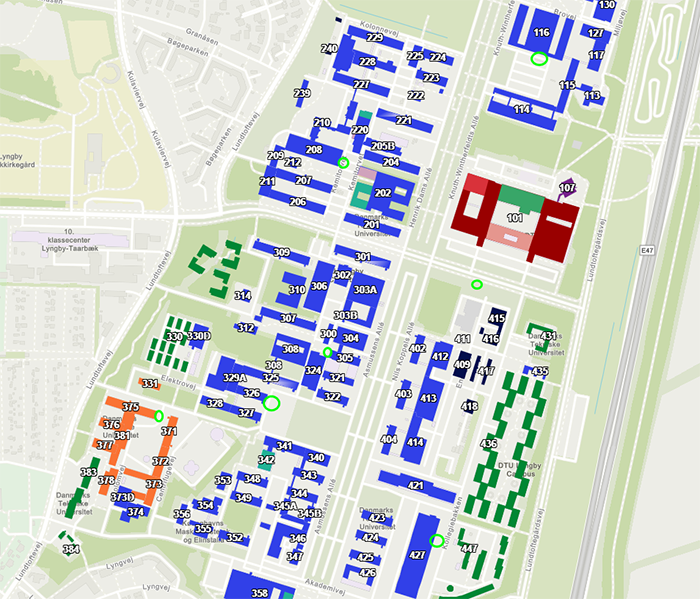
DTU Ballerup Campus
